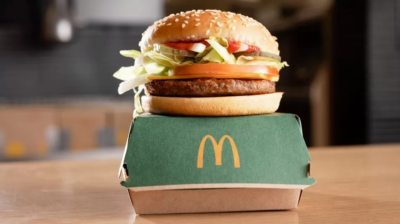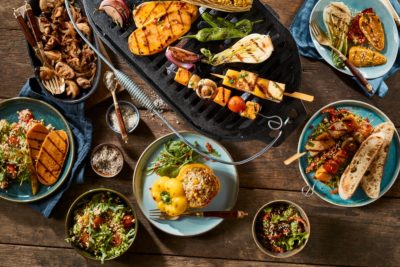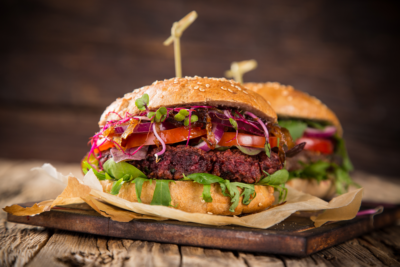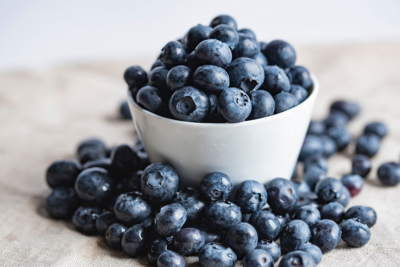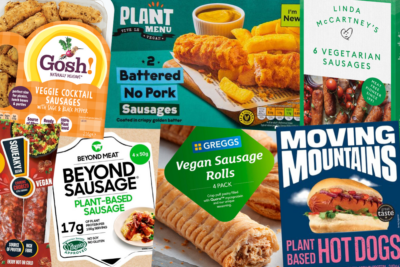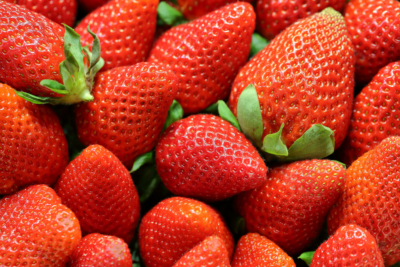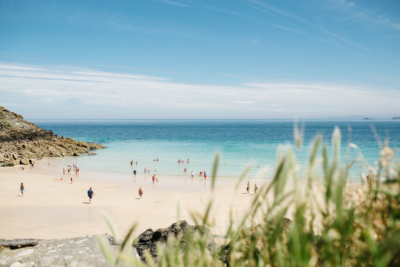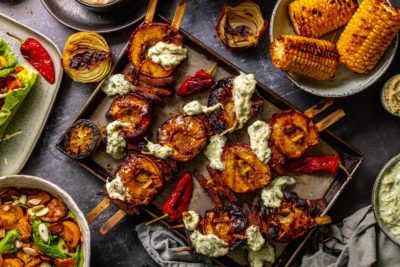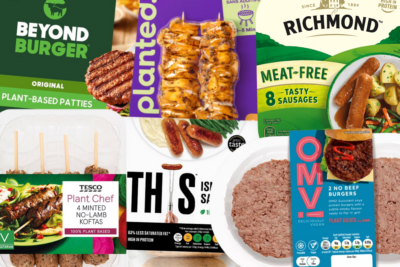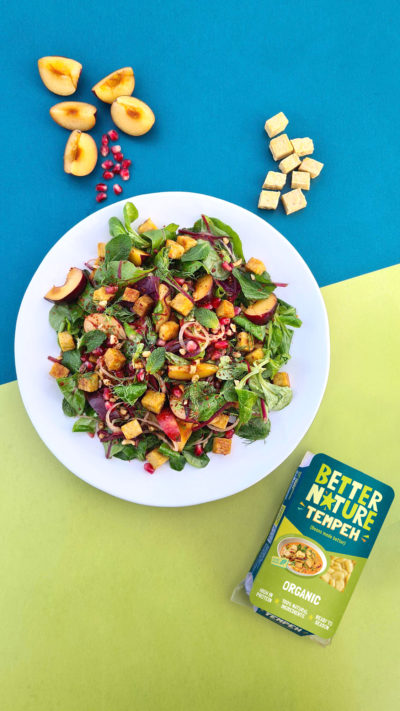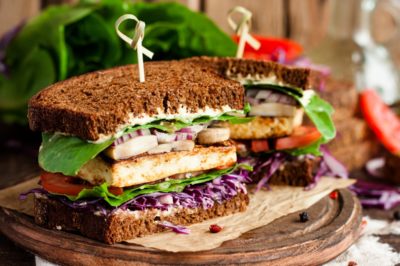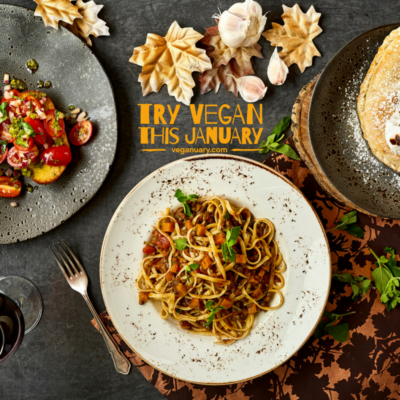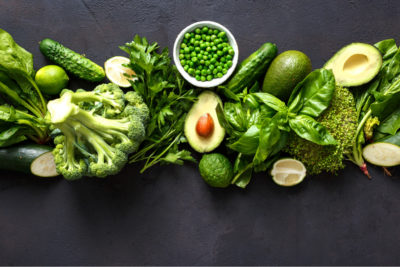What is omega-3 and how can vegans get enough?
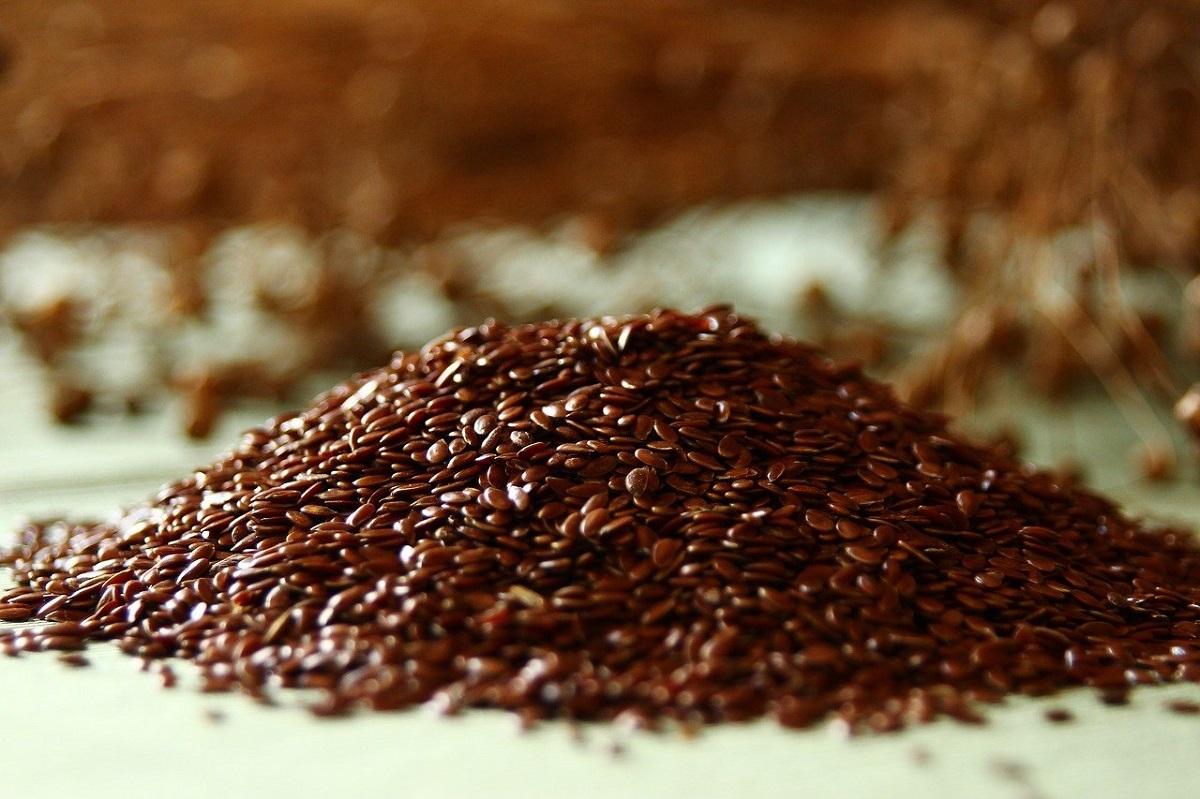
Omega-3 plays an important role in the health and functioning of every cell in your body – that’s why it has been studied so extensively and features so regularly in the press.
If you’re keen to improve things like the health of your skin, your energy levels and mood, or just stay healthy for longer, making sure that you’ve got enough omega-3 in your diet is the best place to start.
What is omega-3?
Omega-3 fatty acids are a group of unsaturated fats we must get from our diet as they’re very important for our heart and brain health.
There are three main omega-3 fatty acids: ALA, DHA and EPA. ALA is a short-chain fatty acid, while DHA and EPA are long-chain fatty acids. The long-chain omega-3s are found in fish (who obtain them from algae) and sea vegetables. The short-chain omega-3s are found in certain nuts and seeds, greens and soybeans.
EPA and DHA are the superstars with the health benefits, and ALA can be converted to these long-chain omega-3s in the body. However, this ability reduces with age and varies between individuals.
It’s important to note that there is more to getting enough omega-3 than just eating more foods that contain it. Since the Western diet is largely based on products such as bread and pasta, it makes the process of creating enough DHA and EPA much more difficult – especially if you aren’t eating foods such as oily fish.
Research suggests that the dietary ratio of omega-6 needs to be kept as low as possible whilst emphasising foods that are high in omega-3.
How can vegans get enough?
Vegans should aim to consume 2-4g of ALA per day through our diets. As the only foods containing both EPA and DHA are sea greens, vegans should take a high-quality microalgae supplement to ensure we get enough.
A reliable source of omega-3 is an algae supplement with at least 250mg of DHA for adults per day. During pregnancy and breastfeeding, research suggests we should aim to get 500mg of EPA and DHA combined each day.
This can be done alongside emphasising balanced sources of omega-3 and -6, such as:
- Nuts and seeds – Flax, hemp and chia seeds are great additions to smoothies and are healthy toppings for your porridge
- Sea greens – Spirulina also works well in smoothies and wakame is a tasty addition to stir fries
- Sprouted beans – Mung, French and navy beans are the best sources and make a lovely crunchy addition to salads when sprouted
- Winter squash – Roasted squash soup or mash is not only tasty, but a surprisingly good vegan source of omega-3
- Dark green leafy and cruciferous vegetables – Kale, cabbage, broccoli and spinach should ideally feature on lunch and dinner plates
- Dark berries – Another good ingredient for smoothies and a tasty breakfast topping. Blueberries are the richest berry source of omega-3!
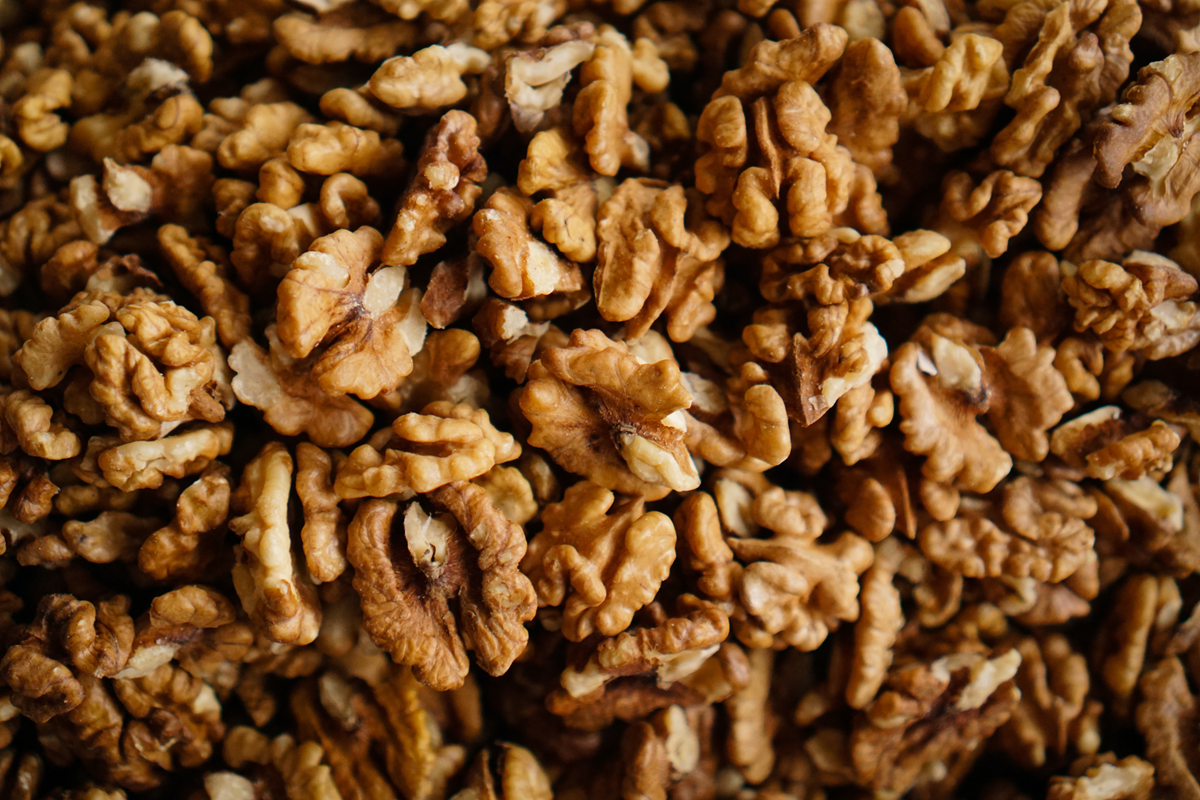
Vegan omega-3 sources
To meet our daily requirements of 2-4g of ALA per day, consume the following:
- Sprinkle a tablespoon of chia seeds or ground flaxseeds (linseeds) over yoghurt or porridge
- Two tablespoons of hemp seeds blended into smoothies or sprinkled over porridge
- Six walnut halves daily eaten as a snack or sprinkled over a salad
For recipe inspiration, check out these Berrilicious Oat Pancakes, this vibrant Rainbow Smoothie and this Red Cabbage, Pear and Walnut Salad.
This page was reviewed by Claire Lynch, RD and nutritionist Rohini Bajekal from Plant-Based Health Professionals in November 2023. For more information, please see their factsheets.

